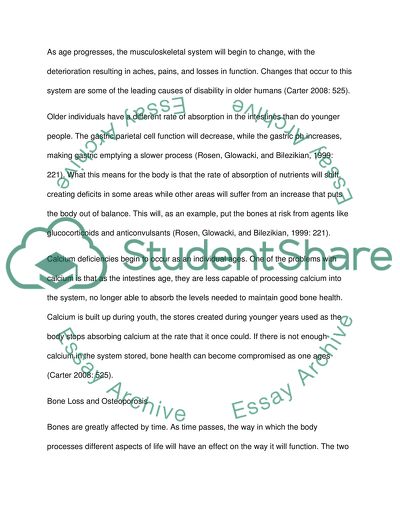Cite this document
(“Osteoporosis Essay Example | Topics and Well Written Essays - 1000 words”, n.d.)
Osteoporosis Essay Example | Topics and Well Written Essays - 1000 words. Retrieved from https://studentshare.org/health-sciences-medicine/1433703-growth-and-ageing
Osteoporosis Essay Example | Topics and Well Written Essays - 1000 words. Retrieved from https://studentshare.org/health-sciences-medicine/1433703-growth-and-ageing
(Osteoporosis Essay Example | Topics and Well Written Essays - 1000 Words)
Osteoporosis Essay Example | Topics and Well Written Essays - 1000 Words. https://studentshare.org/health-sciences-medicine/1433703-growth-and-ageing.
Osteoporosis Essay Example | Topics and Well Written Essays - 1000 Words. https://studentshare.org/health-sciences-medicine/1433703-growth-and-ageing.
“Osteoporosis Essay Example | Topics and Well Written Essays - 1000 Words”, n.d. https://studentshare.org/health-sciences-medicine/1433703-growth-and-ageing.


